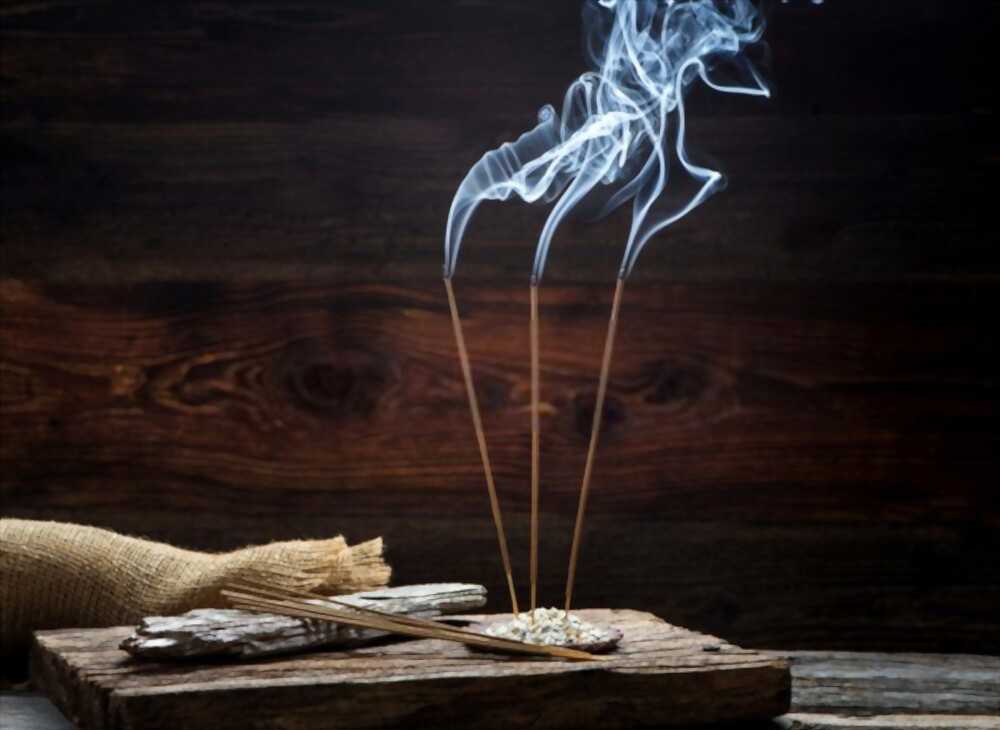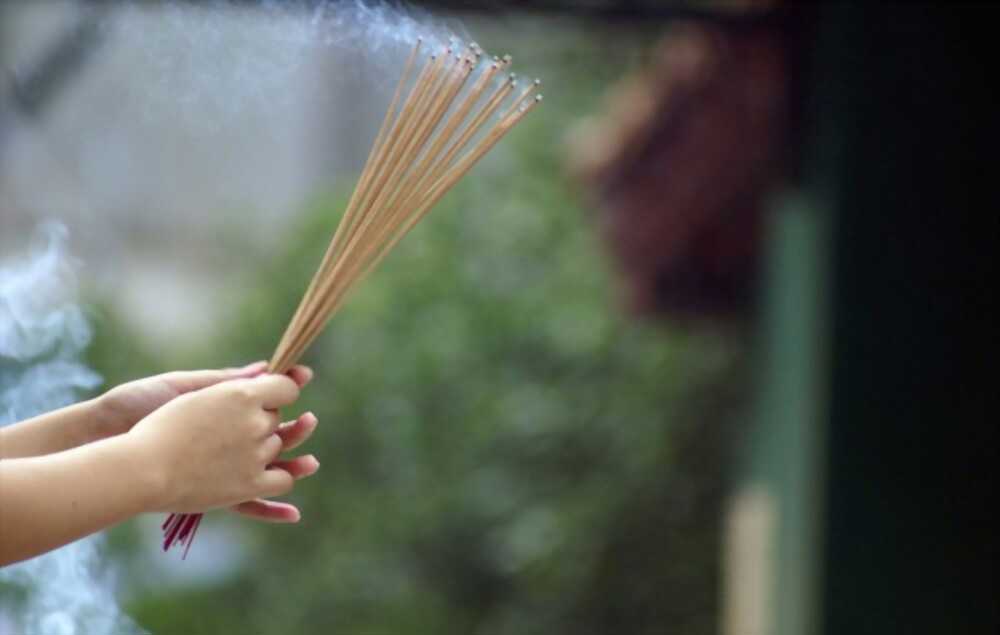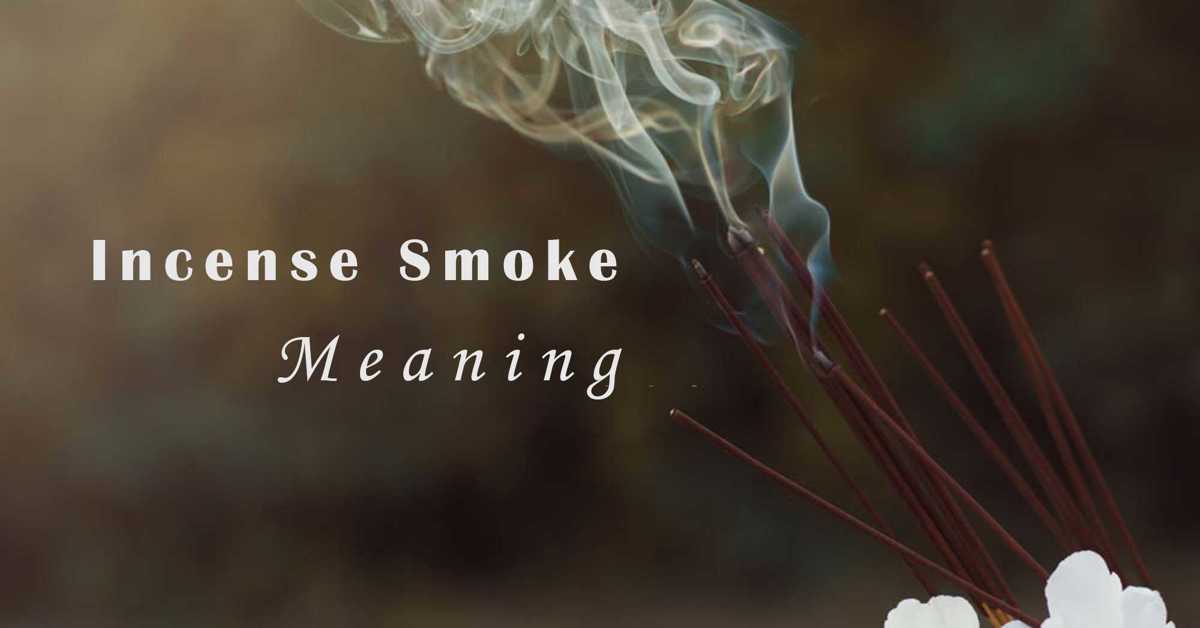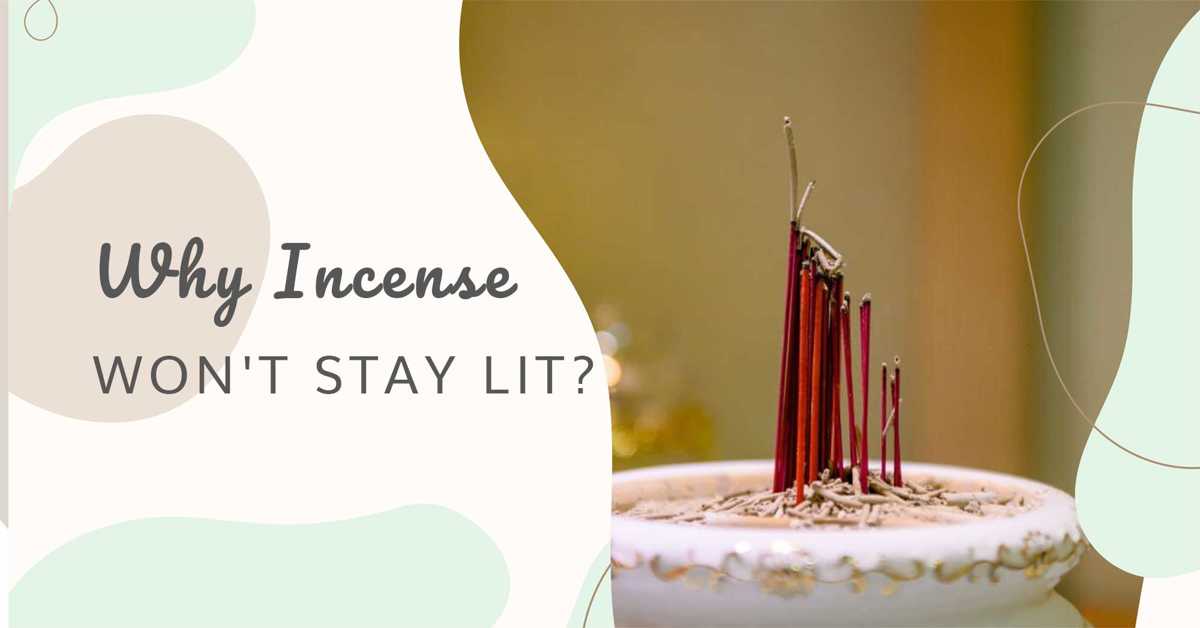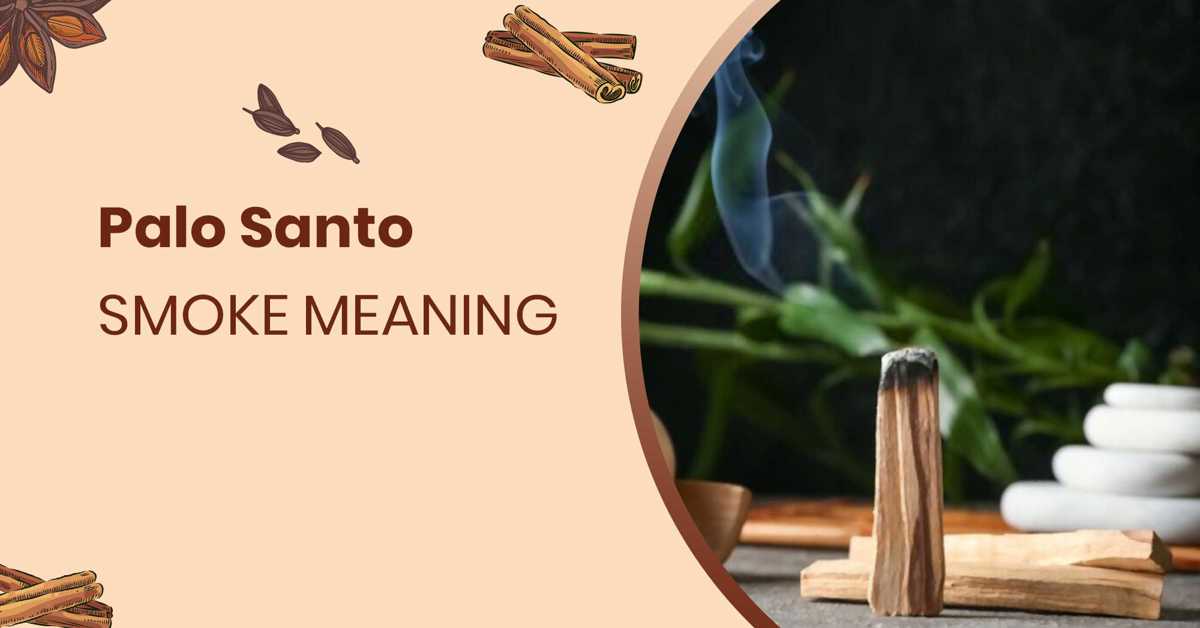When you walk into an Indian or Nepalese restaurant, one of the first things you'll smell is incense. Incense is used in both religious and cultural ceremonies in these countries, but what are they? Incense sticks are made from aromatic materials like resin, wood shavings, or flowers. When they're lit, the material burns and releases a fragrant smoke. For centuries, incense has been used to purify spaces and create aromatherapy benefits. You can buy your own incense sticks online or at a specialty store. Next time you're enjoying an Indian meal, take a moment to enjoy the fragrance of the incense sticks too!
In this post, we'll explore the history and benefits of incense sticks and discuss some popular varieties. We hope you enjoy it!
- 1. What are incense sticks?
- 2. Origin
- 3. Ingredient
- 4. The different types of incense sticks available on the market
- 5. Incense sticks benefits
- 6. How to use incense sticks in your home
- 7. Are there any risks associated with burning incense sticks
- 8. The best way to store incense sticks
- 9. Incense stick vs incense cone
- 10. Where to buy incense sticks online or in-store
- Conclusion
1. What are incense sticks?
Incense sticks are a type of incense that is made by rolling a thin layer of powdered aromatic materials onto a bamboo stick. The most common aromatics used in incense sticks are sandalwood, jasmine, and lavender. In addition, people use Makko powder to bind aromatherapy and to burn incense sticks.
Incense sticks are used in many cultures for their pleasing scent and as part of religious ceremonies. When burned, incense sticks release fragrant smoke that can fill a room with scent in just minutes. Incense smoke is believed to have therapeutic properties and has been used for centuries to promote relaxation and well-being. Today, people continue to burn incense sticks for their pleasant aroma and to create an ambiance of calm.
2. Origin
The use of incense dates back thousands of years and has been used in many different cultures for a variety of purposes. Incense is made from a variety of natural materials, including tree bark, roots, and resins, which are then combined with oils to create a fragrant smoke.
The earliest known use of incense was in China, where it was used in religious ceremonies and as a way to ward off evil spirits. Incense was also popular in Egypt, where it was used in both public and private rituals. The Greeks and Romans also used incense extensively, burning it in temples and homes as part of their daily routines.
In the Middle Ages, incense became associated with magic and sorcery and was often used in spells and rituals. It was also used as a way to ward off disease, and many people believed that it had healing properties.
Incense continued to be popular throughout the world during the Renaissance and Baroque periods when it was often used in churches and homes. Today, incense is still widely used in religious ceremonies and is also popular for its pleasant fragrance. It is also used in aromatherapy and has been shown to have some health benefits, such as reducing stress and promoting relaxation.
3. Ingredient
There are many different recipes for incense sticks, but they all contain a few key ingredients. The first is some form of combustible material, such as wood or charcoal. This is what will actually burn and release the fragrant smoke. The second ingredient is a binding agent, such as gum Arabic, Makko powder, or resin. This helps to hold the other ingredients together so that they will burn evenly and slowly. Finally, the incense mixture contains one or more essential oils, which provide the desired scent.
Incense sticks are made from a variety of materials, including bamboo, charcoal, sawdust, and even paper. An incense stick is usually made of a bamboo core, while most incense from Japan does not have a bamboo core. The type of material used will affect the smell and burn time of the incense. For example, bamboo incense sticks tend to have a sweeter, more floral scent, and charcoal incense sticks tend to be smokier, meanwhile, coreless incense has less smoke and a more delicate taste.
Read more: What is Makko powder?
4. The different types of incense sticks available on the market
There are many different types of incense sticks available on the market. Some of the most popular include:
Japanese incense sticks: These are made from a variety of different materials, including bamboo, wood, and even paper. They come in a wide range of scents, including floral, citrus, and even musky.
Indian incense sticks: These are usually made from a combination of herbs, spices, and resins. They can be found in a variety of scents, including jasmine, sandalwood, and cinnamon.
Tibetan incense sticks: These are made from a variety of different materials, including yak milk and butter. They come in a wide range of scents, including musky, earthy, and even spicy.
5. Incense sticks benefits
When it comes to benefits, incense sticks have a lot to offer. For one, they can help you connect with your spirituality. If you use them during meditation or prayer, they can elevate your experience and help you reach a higher state of consciousness.
Incense sticks can also be used to purify your space and get rid of negative energy. If you're feeling low or burdened by negativity, lighting some incense can help clear the air and create a more positive environment.
Finally, incense sticks offer health benefits as well. They're known for their ability to purify the air and improve respiratory health. Additionally, the fragrant smoke from incense sticks can help relax the mind and body, providing relief from stress and anxiety.
If you're looking for a way to improve your spiritual well-being, purify your space, or simply relax and de-stress, lighting some incense sticks may be the perfect solution.
6. How to use incense sticks in your home
If you're looking for a natural way to freshen up your home, using incense sticks is a great option. Incense sticks are made from aromatic herbs and spices, which release fragrant smoke when burned. Not only do they smell great, but they can also help to purify the air and create a relaxing atmosphere.
Here's how to use incense sticks in your home:
- Choose an incense stick that appeals to you. There are many different types of incense available, so take some time to explore and find one that you like the scent of.
- Find a suitable holder for your incense stick. This can be anything from a simple ceramic dish to a more elaborate metal stand.
- Light the incense stick and allow it to burn for a few minutes. Then, blow it out and place it in the holder.
- Sit back and enjoy the scent of your incense stick as it fills your home with its fragrant smoke.
- When you're finished, extinguish the incense stick completely and dispose of it safely.
Incense sticks are a great way to enjoy the benefits of aromatherapy in your own home. So why not try using them today?
You can also learn more about how to burn incense sticks in the following articles:
>>> How to burn Incense Sticks: The Ultimate Guide
>>> 10 Ways to Burn Incense Sticks Without Holder: Fun and Easy DIY Ideas
7. Are there any risks associated with burning incense sticks
Burning incense sticks can have a variety of side effects, depending on the type of incense used. For example, some types of incense may release harmful chemicals into the air that can be inhaled, while others may cause skin irritation. Additionally, burning incense can produce smoke that can trigger asthma or other respiratory conditions. It is important to research the type of incense you are considering burning before doing so and to take precautions to avoid any potential side effects.
When burned, incense sticks release harmful chemicals into the air. These chemicals can be inhaled and may cause health problems. Additionally, burning incense produces smoke. This smoke can trigger asthma or other respiratory conditions. Therefore, it is important to take precautions when burning incense, such as using an incense burner that vents the smoke outside or wearing a mask to avoid inhaling the smoke.
Burning incense can also cause skin irritation. If you are prone to allergies or have sensitive skin, you should avoid contact with the smoke from burning incense. If you must be in the same room as burning incense, it is important to wash your hands and face afterward to remove any residue that may cause irritation.
Additionally, some types of incense may contain heavy metals or other toxic chemicals. If you are concerned about the safety of the incense you are considering burning, it is best to research the ingredients before doing so. Additionally, it is important to dispose of any unused incense properly to avoid contamination.
Besides, If the incense stick is not properly extinguished, it can continue to smolder and release smoke, which can be a health hazard. In addition, if the incense stick is left unattended, it could start a fire. Therefore, it is important to be cautious when burning incense sticks and to make sure that they are properly extinguished before leaving them unattended.
8. The best way to store incense sticks
If you're an incense lover, then you know that proper storage is key to keeping your sticks fresh and ready to use. Here are a few tips to help you store your incense properly:
- Keep them away from direct sunlight - Incense sticks should be stored in a cool, dark place to prevent them from drying out.
- Store them in an airtight container - This will help keep the scent of your incense sticks strong and prevent them from absorbing any unwanted smells from their surroundings.
- Keep them away from heat sources - Heat can cause incense sticks to crack or break, so it's best to store them in a cool, dry place.
following these simple tips, you can be sure that your incense sticks will stay fresh and fragrant for a long time to come. So go ahead and stock up - your nose will thank you!
Read more: Incense Storage Tips: How to Keep Your Incense Fresh
9. Incense stick vs incense cone
There are two main types of incense: sticks and cones. Incense sticks are the most popular type of incense, and they come in a wide variety of scents and sizes. Incense cones are less popular, but they offer a stronger scent and can last longer than sticks.
So, which type of incense is right for you? It depends on your personal preferences. If you want a strong scent that will last for a long time, go with an incense cone. If you prefer a more subtle scent or want to save money, stick with an incense stick.
10. Where to buy incense sticks online or in-store
If you're looking for a great place to buy incense sticks, you have a few different options. You can either purchase them online or in-store.
There are a few things to keep in mind when purchasing incense sticks. First, make sure you select a reputable source. There are many scams out there, so it's important to do your research and find a trusted seller.
Second, be aware of the different types of incense sticks available. There are many different fragrances and styles to choose from, so it's important to select the one that best suits your needs.
Third, be sure to read the instructions carefully before using the incense sticks. Incorrect use can result in dangerous situations, so it's important to be safe.
If you follow these tips, you should have no problem finding a great place to buy incense sticks online or in-store. Just be sure to do your research and select a trusted seller. With a little bit of effort, you can find the perfect sticks for your needs!
Conclusion
Incense sticks have been used for centuries in religious ceremonies and now they are becoming popular in the West for their therapeutic benefits. There are many different types of incense available on the market, so it’s important to know which one is right for you. Incense can be used to create a relaxing or uplifting atmosphere in your home, and it has a number of other benefits too. If you’re looking for ways to relax and de-stress, then burning incense might be the perfect solution for you. Just make sure you take precautions when using them, and store them correctly so that they stay fresh. Have you tried using incense sticks in your home? Let us know what you think in the comments.
Related articles
Show moreSource
1. Incense
https://en.wikipedia.org/wiki/Incense

